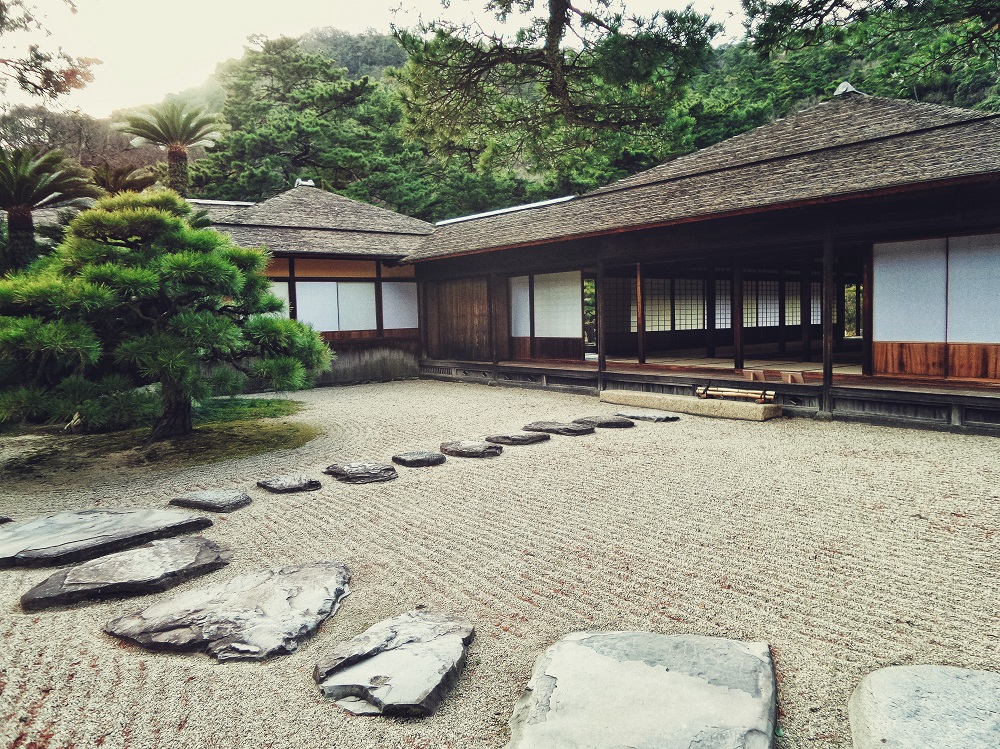Sometimes construction projects take you all the way to Idaho. It isn’t surprising since the state now has one of the fastest-growing populations in the country. In 2018 alone, the number increased by over 2%, beating that of the United States at only 0.6%.
As you know, though, building rules and requirements can vary between states. If you’re in Idaho, what do you need? Here are four fundamental things to remember:
1. Prepare Your SWPPP
SWPPP stands for stormwater pollution prevention plan (SWPPP). It is a lengthy document that outlines your project’s anti-pollution measures, especially with erosion and sedimentation.
Construction sites are notorious for contributing to water pollution. The soil erosion rates are significantly higher than other land-based activities, according to the Environmental Protection Agency (EPA).
Building activities can not only disturb land but also change the landscape. During torrential rain or high levels of melted snow, the silt, sand, and gravel present in the area can also end up into the natural bodies of water of the state.
The SWPPP plan is a requirement to apply for a building permit as long as the land you’re working on is one acre and above.
Note, though, that the guidelines and rules on stormwater management change. For those out of state, work with an expert in SWPPP inspection. It reduces the risk of going through a time-consuming revision process and, worse, penalties because of non-compliance.
2. Register Yourself as a Contractor
If your construction activity is worth over $2,000, you need to file for registration with the Idaho Bureau of Occupational Licensing. Starting January 1, 2006, it is already illegal for any person outside of the state to accept contracting or construction jobs in Idaho without proper registration.
The same rule applies if a registered general contractor in Idaho works with a similar business from another state. However, unless you provide specific contracting jobs, such as HVAC or electricity, you need not take an examination and get a license.
3. Get a Building Permit
When you already have the documents, such as SWPPP and proof of your contractor registration, you can already apply for a building permit. You can use it for construction and installation projects.
In Idaho, you can already apply for one online. You can also pay in the same manner. This way, you can maximize your time as soon as you arrive in the state.
However, you cannot say your project is complete until it undergoes an inspection. Only an inspector can say that the work is satisfactory. Only then when you can pass can you say that the project is done.
Note that if the inspector sees any discrepancy or problem, they will request for corrections. You then need to ask for another round of inspection.
4. Take Care of Post-construction Work

Just because you already finished the project doesn’t mean your role is over. You still need to manage post-construction activities. These include:
- Demolition and disassembly
- Removal of junk and other hazards
- Prevention of erosion and sedimentation
For the last one, you can refer to the SWPPP as your guide.
These are the basics of starting a construction project in Idaho. For more information, refer to the guidelines of the county or city where you plan to build. Work with experts as well, especially in the documentation.


